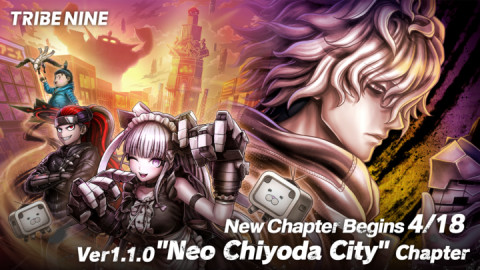
There is no other way of putting it: TSM’s signing of support Hu "SwordArt" Shuo-Chieh ahead of the LCS Spring split was a big deal. Fresh off of a 2020 World Championship finals appearance at the helm of Suining, SwordArt signed a $6 million, two-year deal. The deal was outrageous in size but it buoyed the organization through the back-to-back retirements of legacy mid laner Søren “Bjergsen” Bjerg and AD carry Yiliang “Doublelift” Peng, the two players that have defined the TSM brand.
Yet, for all his $6 million, SwordArt looked like a six-dollar-man at best during LCS Lock In. When this continued into the first week of the Spring Split, the LCS analysts were unforgiving of SwordArt’s subpar performance, pointing out a gap between salary and delivery that’s too huge to ignore. Even former pro-turned-analyst Hai “Hai” Lam took a jab at SwordArt, saying that even though he’s been retired for years now, he could still execute plays better than TSM’s support.
But fortunately for TSM, SwordArt has finally come online. Moreso, he’s become a one-man win-condition for this young TSM roster.
* * *
SwordArt isn’t constantly hard-carrying TSM on his own, but there is a far clearer correlation between his form and TSM’s win rate than between the average LCS player and his team. In TSM’s losses, SwordArt averages 4.6 deaths per game. In TSM’s wins, he averages 1.8 — three times lower. Even amongst his peers in the sacrificial support role, SwordArt’s team death percentage is second only to Cloud9’s Philippe “Vulcan” Laflamme.
This isn’t to say SwordArt is a bad player, nor is it to imply that TSM lives and dies on SwordArt’s performance entirely, but this level of correlation isn’t something foreign to TSM — their head coach knows it all too well.
“When a team is not functioning well and things are not flowing smoothly, it’s easier for everyone to look bad individually because the team’s plan is not as clear. When players are not on the same page, it’s hard for them to focus on their individual skill,” Bjergsen explained. “It was always like this for me as well — people would always say I would get better by the end of the season, but really, it was just that our team started to click.
SwordArt is the type of player who doesn’t just think about himself in the game. He thinks about the team, and when the team plays around his plan and collective vision, it’s going to be a lot easier for him to perform individually."
SwordArt echoed a similar sentiment in an interview with Inven Global during TSM’s impressive mid-split win streak, citing team cohesion being the reason for his appearing to play better than previous LCS matches.
“In the first week, I don't think we had found the best way for every teammate to contribute to our wins. Everyone has great strengths, but we all have weaknesses, too.
After the first week, we talked together to try and find a better way to play for everyone so that everyone would feel comfortable in our approach to winning. That's why there was such a difference in our play between weeks 1 and 2 of the Spring Split.”

It’s worth mentioning that SwordArt also needed time to adapt to a new region’s playstyle. The tendencies of players in China’s LPL and the LCS are worlds apart, and in addition to joining a team of five new players, SwordArt had to acclimate to a new league on a new continent.
“I said before that we need more time to come together, but we also need more time because I'm new to the region,” SwordArt explained. “Every region has such a different playstyle from the others. When I came to North America, I felt like teams don't really like to teamfight and really don't like to play aggressively. It's not a bad playstyle, but I need to understand the playstyle of this region while our team gets better at understanding one another.”
The correlation continues when looking at TSM’s identity as a team throughout the Spring Split. Despite a roster of talented individual players, TSM’s early game has been its weak point — a grim tradition that goes back many seasons. Similarly, TSM’s late game is quite strong, but the most impressive aspect of their play this season has been their mid-game decision making.
2021 TSM aren’t just hanging on for late game teamfights like previous iterations of the team. Consistently, TSM have made decisive calls from a disadvantage due to their lackluster early game and turning the mid game on its ear and crest into the late game comfortably. TSM are tied for 2nd place and have won two-thirds of their games in the Spring Split, but the team’s average Gold Differential at 15 minutes is -199 and it only secures First Blood one third of the time.
SwordArt was brought into TSM to be a decisive voice, and while the team has stated it uses a relatively fluid communication structure in terms of each member’s involvement, this is not a strength associated with TSM before the SwordArt era.
Regardless of reason, it’s undeniable that as SwordArt has continued to look better individually, TSM has improved in areas that SwordArt was specifically signed for like mid-game shotcalling and agency from the support position. Should TSM continue to perform well, expect SwordArt to continue to be a pivotal fixture in the team’s success.
Sort by:
Comments :0








